Saga of a Braveheart 60+ Screenings
MAYA Films proudly celebrates the grand 75th screening of their...


By Suraksha Poojari | 14 October 2023
The production house acts as a bridge between Dreams and Reality. Cinema is the world of enigmatic entities, these are masterful orchestrations of breathing life into words, ideas and imaginations and transforming them into vivid and captivating scenes that grace the silver screen. This act is the hard work of multiple individuals, and several aspects coming together to form one entity. And the most important aspect is the production company.
Production, in context to cinema, has a rich history and celebrated past. Pioneers like the Lumière Brothers, with their groundbreaking contribution to the world of visual storytelling, laid the foundation upon which modern production houses stand today.
Production houses play a pivotal role in the filmmaking process. A production house is a place where all the planning, budgeting, and coordination of making a film entails. The role of a production company is to coordinate the various elements that go into the making of a film – from scratch till it is on the screen. The history of production houses is closely tied to the evolution of filmmaking. Production house are entities responsible for the creation and distribution of films. They handle various aspects, including direction, financing, scripting, casting, shooting and post-production.
The history of production house can be traced back to the early days of cinema in the late 19th and early 20th centuries. As filmmaking evolved, entrepreneurs and creative individuals recognised the potential for this new medium and established production house to create and distribute films. In the early days, production houses were often small independent operations. One of the earliest and most influential pioneers in film history were the Lumière Brothers, Auguste and Louis Lumière.
They were French inventors and filmmakers who played a significant role in the early development of cinema. In 1895, they invented the Cinematographe, which was a combination of camera and projector. They held the first public screening of films in December of that year, making the birth of cinema as a public entertainment.
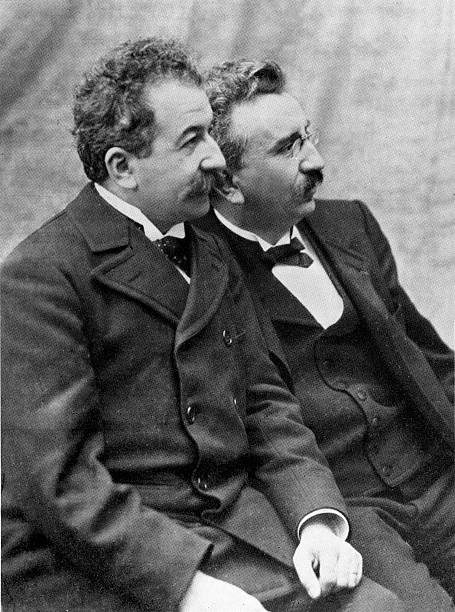
The contributions of Lumière Brothers were pivotal in the establishment of the film industry. Their innovation laid a foundation for subsequent filmmakers and production companies to build upon. They essentially kick-started the commercial aspects of filmmaking, which led to the emergence of production companies around the world. Some of the earliest production companies are Edison Manufacturing Company: Founded by Thomas Edison, it was one of the earliest production companies in the United States.
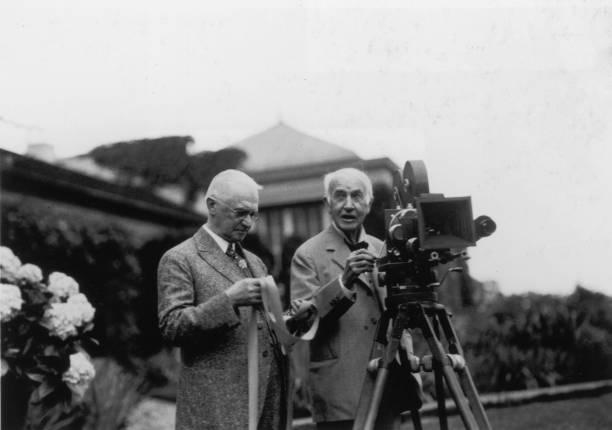
Biograph Company: Known for its pioneering work in early filmmaking, it was founded by William Kennedy, Laurie Dickson and others.
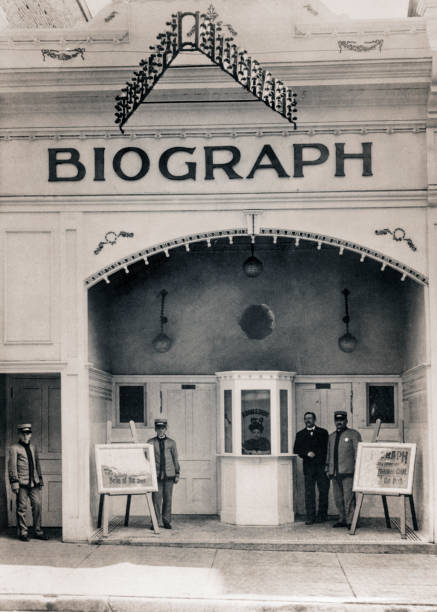
Pathé Frères: A French production company that became one of the leading production companies in the early 20th century.
These companies set the stage for the development of the modern film industry with studios like Warner Bros, Universal Pictures, and MAM emerging in the early 20th century. They refined the production process, established industry standards and played a crucial role in shaping the global film landscape.
India’s journey in the realm of film production houses has been shaped by several pioneering individuals and organizations. These visionaries played a prominent role in establishing the Indian Film House. Dadasaheb Phalke, often regarded as the “Father of Indian Cinema” founded the “Hindustan Film Company” and produced India’s first full-length feature film “ Raja Harishchandra” in 1913. His pioneering work laid the foundation for Indian film production.

Another filmmaker, Ardeshir Irani, is an entrepreneur and a filmmaker credited with producing India’s first talkie film, “Alam Ara”, in 1913. He established “Imperial Film Company,” and Himanshu Rai and Devika Rani in 1939, founded Bombay Talkies, a production company well known for producing socially relevant and artistically rich films like “Achhut Kanya” (1936) and “Kismet”(1943).
The story of Production in India takes on a distinctive and compelling hue. It begins with the indomitable spirit of Harishchandra Sakharam Bhatavdekar, fondly known as Save Dada. He was a still photographer, who was profoundly influenced by the Lumière Brothers’ productions. His unwavering dedication led him to import a camera from England, setting the stage for a groundbreaking moment in the Indian cinema.
His inaugural cinematic endeavor, ‘The Wrestlers,’ filmed amidst the tranquil backdrop of Mumbai’s Hanging Gardens, marked the genesis of motion pictures in the Indian Film Industry. It was a modest yet groundbreaking step that echoes through the corridors of cinematic history.

The Wrestler 1899 (Photo from Facebook)
Kannada cinema, also known as Sandalwood, has a rich history with several pioneers who contributed to the growth of production companies in the Kannada film industry, some notable pioneers are, Gubbi Veeranna, founder of “Gubbi Veeranna Nataka Company,” which primarily produced plays, and later ventured into filmmaking. His production company played a crucial role in promoting Kannada Theater and cinema.
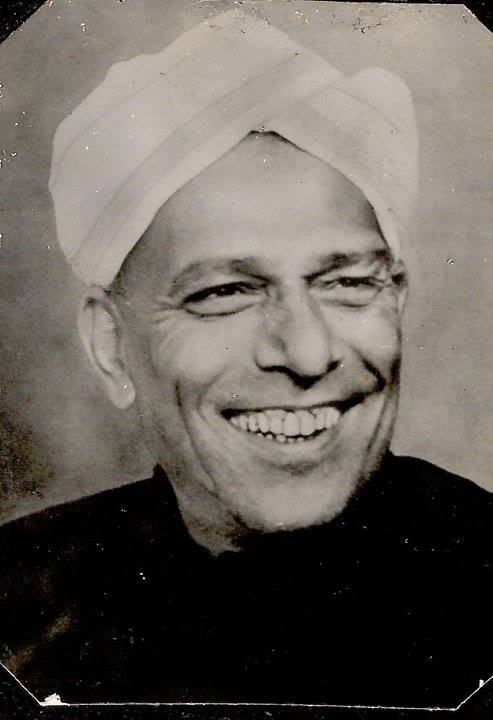
75 years of Kannada film making
“75 years of Kannada Cinema” is a documentary by MAYA Films narrating the rich history of the birth of production companies and filmmaking in the Kannada film industry. It strikingly weaves the story of how multiple filmmakers and theater artists came together to start the Kannada film industry which is now known as the “Sandalwood.” Sati Sulochana (ಸತಿ ಸುಲೋಚನ), 1934 was the paving ground for film production. This was the first “Silent film” by Yaragudipati Varada Rao and Bhakta Dhruva (ಭಕ್ತ ಧ್ರುವ), 1934 by Gubbi Veeranna were two of the groundbreaking trademarks, this was followed by multiple other films, and started the era of “Silent films” in Karnataka.
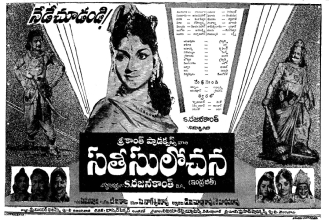
How do Production companies function?
In the glitzy world of entertainment, where movies, television shows, and digital content capture our imagination. Production houses bring life, these creative hubs are where the magic happens, where ideas are transformed into captivating visuals and leave us spellbound. Traditionally, production houses follow a similar set-up as to how the theater companies worked. Since a major chunk of the filmmaking is adapted from the idea of theater, the working of production houses is also similar and includes Ideation, Development, Casting, Budget, Marketing and Distribution.
Pre-production is the phase of ideation and planning, where a group of people conceptualize what they want to reflect on the screen, this process consists of various tasks such as scriptwriting, casting, location scouting, securing financing, creating a production schedule, designing sets and costumes and planning all the logistics aspects of the shoot. This phase of filmmaking can be considered the most crucial phase which builds the foundation of a film, it not only provides a vision for making a film, but it also helps in depicting the outcome of the film.
Production involves executing the plans laid during pre-production, including capturing scenes, recording audio, and working with actors, crew members, and equipment. This is the phase where the actual filming or shooting of the movie takes place.
This phase is where all the elements captured during production are edited, combined, and refined to create the final film. Activities in post-production include video editing, sound editing, visual effects, music composition, and the overall polishing of film.
A production house is not merely a place of business, it is the hub of creativity and collaboration. It is where ideas are nurtured, scripts are brought to life, and the magic of storytelling is woven into every frame. From pre-production planning to the final cut in the post-production, marketing and promotions, these entities orchestrate every aspect of filmmaking and with changing times, adapt to the technology.
As we reflect on the rich history and the elements of production companies we see how their innovation and determination have shaped the film industry. From humble beginnings to global giants, they have paved the way for countless filmmakers to share their visions and dreams with the world. So, the next time you sit down and watch a movie, series or documentary, remember that behind every cinematic masterpiece is a production house burning the midnight oil and churning dreams into on screen reality.

MAYA Films proudly celebrates the grand 75th screening of their...

6th June 2023 The evening unfolded with an enchanting celebration...

In a moment that will forever be etched in our...